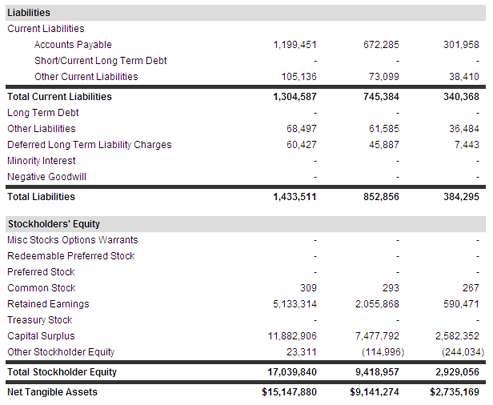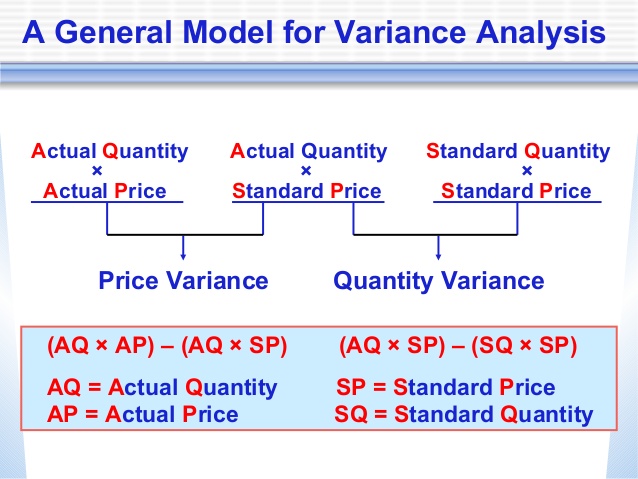
Someone on our team will connect you with a financial professional in our network holding the correct designation and expertise. Our writing and editorial staff are a team of experts holding advanced financial designations and have written for most major financial media publications. Our work has been directly cited by organizations including Entrepreneur, Business Insider, Investopedia, Forbes, CNBC, and many others.
Identifying Accounting Errors
This is a simple data entry error that occurs when two digits are accidentally reversed (transposed) when posting a transaction. For example, you wrote a check for $32, but you recorded it as $23 in your accounting software. Book transactions are transactions that have been recorded on your books but haven’t cleared the bank. As a small business, you may find yourself paying vendors and creditors by issuing check payments. So, to reconcile the amounts, you simply add the additions (interest income) and subtract the subtractions (bank charges and overdraft fees) to reach the bank balance.

Adjustments to books balance:
This is due to the time delay that occurs between the depositing of cash or a check and the audit tests crediting of it into your account. The entries in the statement stop being the cause of discrepancies after a few days. The bank reconciliation statement explains the difference between the balance in the company’s records and the balance in the bank’s records. In this case, the reconciliation includes the deposits, withdrawals, and other activities affecting a bank account for a specific period. When you record the reconciliation, you only record the change to the balance in your books.
First, check your two cash balances
If the bank has added legitimate entries, you need to make adjustments in your books so the two reflect the same transactions. In October 2020, OpenGov, a US-based government software solution provider, introduced a new feature to automate the entire process of reconciliation. This announcement came following its acquisition of ClearRec and rebranding itself as OpenGovBank Reconciliation.
A bank reconciliation is the process by which a company compares its internal financial statements to its bank statements to catch any discrepancies and gain a clear picture of its real cash flow. The information on your bank statement is the bank’s record of all transactions impacting the company’s bank account during the past month. Compare the ending balance of your accounting records to your bank statement to see if both cash balances match. In the process of making this statement, a company starts with listing down its own internal records, which reflects its account balance.
Step 3 of 3
- The purpose of this comparing and matching process is to ensure that discrepancies are identified and corrected.
- If you have access to online banking, you can download the bank statements when conducting a bank reconciliation at regular intervals rather than manually entering the information.
- This is a simple data entry error that occurs when two digits are accidentally reversed (transposed) when posting a transaction.
- For instance, if the company’s records indicate a payment was collected and deposited, yet the bank statement doesn’t show such a deposit, there may have been a mistake or fraud.
- As a result, your balance as per the passbook would be less than the balance as per the cash book.
And if you’re consistently seeing a discrepancy in accounts receivable between your balance sheet and your bank, you know you have a deeper issue to fix. Bankrate.com is an independent, advertising-supported publisher and comparison service. We are compensated in exchange for placement of free proforma invoice template sponsored products and services, or by you clicking on certain links posted on our site.
Go through both statements and highlight any transactions that appear on only one side. Note that transactions may take a few days to clear, so the transaction date in your financial records may not precisely match the date on your bank statement. It’s recommended for a company to perform a bank reconciliation at least once a month. If your company receives bank statements more frequently, for example, every week, you may also choose to do a bank reconciliation for every statement statement of comprehensive income you receive.
Once you’ve figured out the reasons why your bank statement and your accounting records don’t match up, you need to record them. We’ll go over each step of the bank reconciliation process in more detail, but first—are your books up to date? If you’ve fallen behind on your bookkeeping, use our catch up bookkeeping guide to get back on track (or hire us to do your catch up bookkeeping for you). In cases where you discover discrepancies that cannot be explained by your financial statements, it’s best to contact your bank.
Therefore, such adjustment procedures help in determining the balance as per the bank that will go into the balance sheet. At Finance Strategists, we partner with financial experts to ensure the accuracy of our financial content. The articles and research support materials available on this site are educational and are not intended to be investment or tax advice. All such information is provided solely for convenience purposes only and all users thereof should be guided accordingly. Finance Strategists has an advertising relationship with some of the companies included on this website. We may earn a commission when you click on a link or make a purchase through the links on our site.
The bank may send you a bank statement at the end of each month, each week, or, if your business has a large number of transactions, they may even send one at the end of each day. In addition, there may be cases where the bank has not cleared the checks, however, the checks have been deposited by your business. Banks take time in clearing checks, so the bank needs to add back the check’s amount to the bank balance. Journal entries, also known as the original book of entries, refer to the process of recording transactions as debits and credits, and once these are recorded, the general ledger is prepared. Such errors are committed while recording the transactions in the cash book, so the balance as per the cash book will differ from the passbook.

